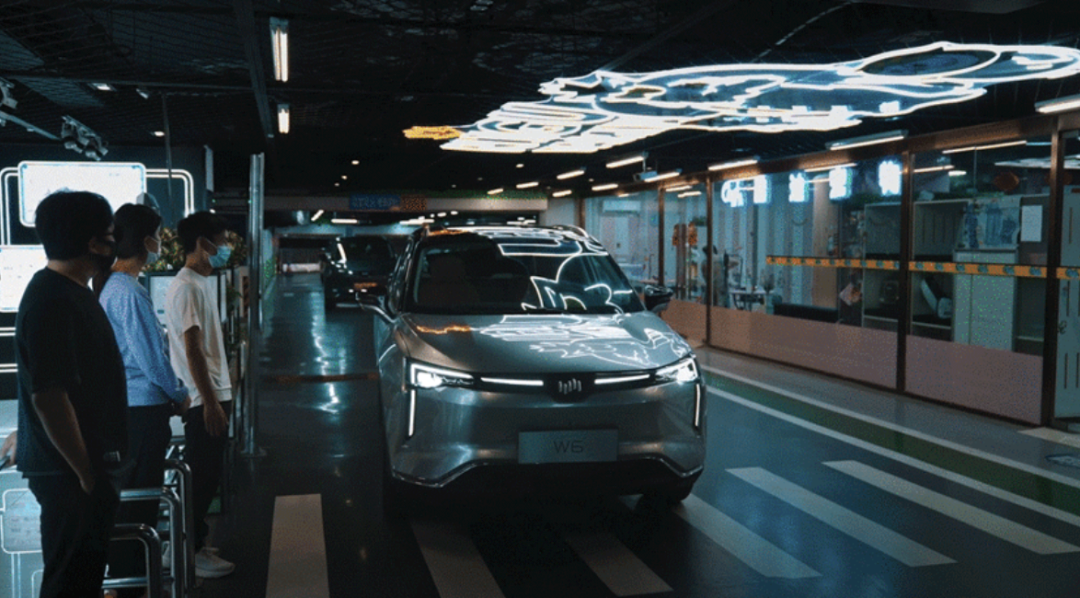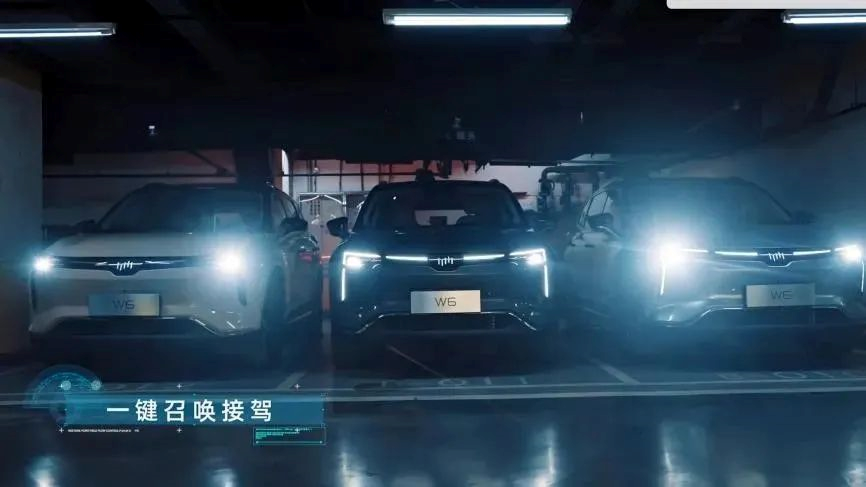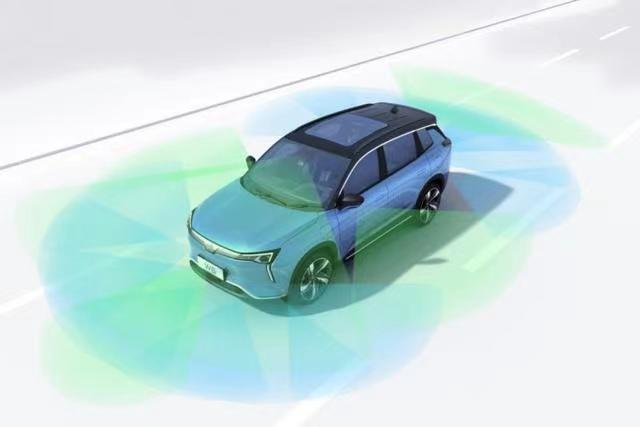Author: Guohehe
Buying an oil-fueled car or a new energy vehicle is a matter of your wallet, but no matter which car you buy, the intelligent assisted driving system is something you cannot avoid.
Many people are overwhelmed when they hear the words “intelligent assisted driving”. It seems very high-end and futuristic, and seems far away from themselves. In fact, if we simply summarize, I think intelligent driving can be divided into two parts: “how to make the car drive on its own” and “how to make the car stop on its own”.
Personally, compared to “letting the car drive on its own”, I am more interested in “how to make the car stop on its own”. Apart from my personal interest in driving, I still think that the application scenarios of automatic parking functions are mostly applicable to low speeds, enclosed or semi-enclosed spaces, and the scenarios are relatively fixed. Compared with complex road traffic, they should be easier to implement, and everyone’s usage frequency is higher.
After all, you don’t necessarily drive on the highway every day, and need the car to take over the steering wheel in traffic jams, but you need to park the car every time you use it.
Just imagine, have you ever encountered a situation where you can’t find a parking space for a long time before the movie starts for 10 minutes, or 5 minutes before you clock in for work? Do you really want to throw the car down and let it find a parking space on its own?
With the continuous rolling of the wheels of time, the automatic parking function of cars has also made significant progress. From the previous mediocre functionality, to the ability to smoothly park in parallel, T-shaped parking spaces, and now the vehicle can judge the surrounding environment during low-speed driving, and find a suitable parking space for automatic parking. This has already emerged.
WmAuto Motors, one of the new forces in automobile manufacturing, has always been laying out advanced automatic parking technologies. Its model W6 is currently the earliest model in the domestic mass-produced cars equipped with PAVP (public parking lot unmanned parking without learning and customer parking) technology, which corresponds to the level of L3/L4 autonomous driving.
Recently, WmAuto Motors announced the launch of WmAuto PAVP Beta 2.0 version, which has added multi-car collaborative parking and autonomous multi-story functions to the previous version, and has been optimized for 250 items compared to the previous version. Regarding the new upgrade, WmAuto Motors summarized it into three key points: unmanned parking, remote summon, and no need to learn.“`

This system is jointly developed by WM Motor and Baidu Apollo, with Baidu Apollo responsible for the domain controller, core algorithms, and parking lot reconstruction.
The usage is also very simple. Firstly, there is a square marked area on the ground at the entrance of the parking lot that supports this function. When the vehicle enters the area, start “High-Precision Map Parking” on your phone and the function will be activated. Get off the car and leave.

After PAVP is activated, the vehicle will shift to “Cruising Autonomous Driving” state. In each parking lot, there is a pre-set fixed route stored in the cloud, which will be quickly downloaded when the user starts PAVP, so there is no need to learn.
When the vehicle detects pedestrians or obstacles, it will actively slow down or avoid them, and the mobile APP will also display the vehicle’s position and surrounding pedestrians, vehicles, obstacles, etc. The car owner can monitor the vehicle’s driving status in real-time and can urgently stop or exit the function if necessary.

This function can also achieve cross-floor parking. If the available parking space is not on the current floor, the vehicle can go up or down the floor autonomously to find a parking space. When the vehicle drives close to the designated parking space, the intelligent lock on the space will automatically fall down, and then the vehicle will start reversing into the space, completing the parking process.

In addition, PAVP can also achieve unmanned automatic parking-out, which is similar to parking but with a specified pick-up spot instead of a drop-off spot. The whole process is very simple. In summary, activate the function on your phone, and the car will take care of everything while you can leave.
“`This system implements information collection capabilities on the vehicle side, which is different from the past approach of using V2X, visual recognition and other technologies to locate vehicles in the parking lot through modifications and sending real-time information. This system initially adds a large number of unique markers in the parking lot, which are recognized by the vehicle’s camera and compared with the high-precision map downloaded from the cloud to achieve in-lot positioning. The benefit is that the modification cost is not too high and positioning can be completed even if the GPS satellite signal inside the vehicle is weak.
Once the vehicle is successfully positioned, it only needs to follow the route issued by the cloud, and use the front view camera and panoramic fisheye camera on the vehicle to perceive and achieve track following, obstacle avoidance, and parking space/lane recognition.
Is PAVP really that magical?
Of course, from the current technological standpoint, there are still many immature aspects of this system. For example, due to the need to modify parking lots, this function is currently only supported in five parking lots in four cities in China, namely Beijing, Shanghai, Chengdu, and Shenzhen, and there are relatively few places where it can be experienced.
Moreover, the current PAVP system of WM Motor can only park in exclusive parking spaces, and the automatic parking-out function also needs to be activated in exclusive parking spaces. If all exclusive parking spaces are occupied, it will prompt that there are no exclusive parking spaces in the parking lot before entering, and this function cannot be activated.
As it is unmanned driving, the speed and naturalness of vehicle driving is still not as good as that of human drivers. Due to the absence of a human driver in the driver’s seat etc., it may cause unstable factors for other vehicles. Furthermore, due to legal and technical requirements, the current calibration is still relatively conservative. Even if there are pedestrians on both sides of the road who have not occupied the lane, the vehicle will slow down in advance or even stop to prevent accidents caused by pedestrians suddenly crossing the road. The whole parking efficiency is inferior to human drivers.
The most vexing thing is that when there is an obstacle blocking the front of the vehicle and it cannot be bypassed, there will be a waiting period of about 2 minutes. If the environment allows, the parking process will continue; however, if the conditions do not allow, the vehicle can only wait for you to find it. Therefore, complete trust cannot be achieved.In general, the PAVP feature set is not as flexible and magical as imagined, but it still has some practicality and there are already some prototypes for future automated parking. After all, issues such as exclusive parking spaces and technological calibration can continue to improve over time, just like smartphones and mobile payments, things we didn’t even dare to think about before. Therefore, the technological significance behind this technology is higher than its practical use. Anyway, it can be considered as the first of its kind in China, and what kind of surprises and application scenarios the PAVP of WM Motor will bring us in the next five or even ten years is still worth looking forward to.
This article is a translation by ChatGPT of a Chinese report from 42HOW. If you have any questions about it, please email bd@42how.com.
